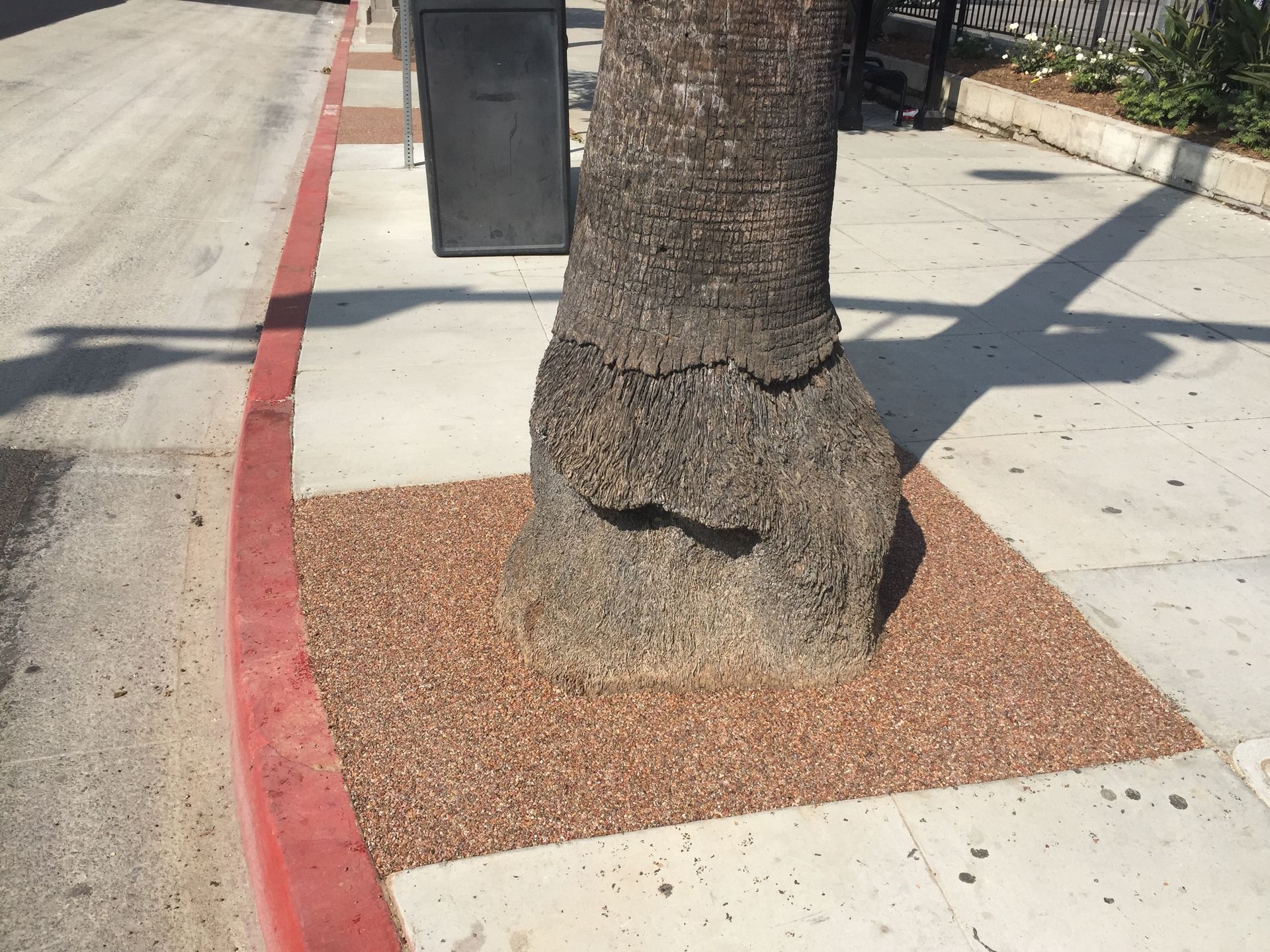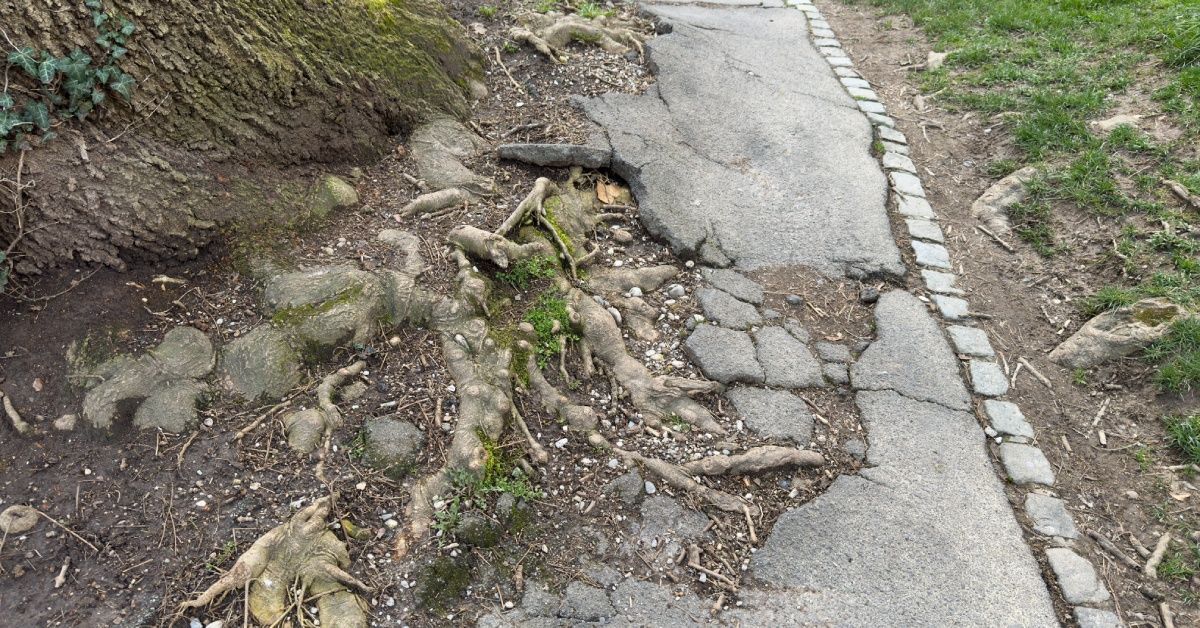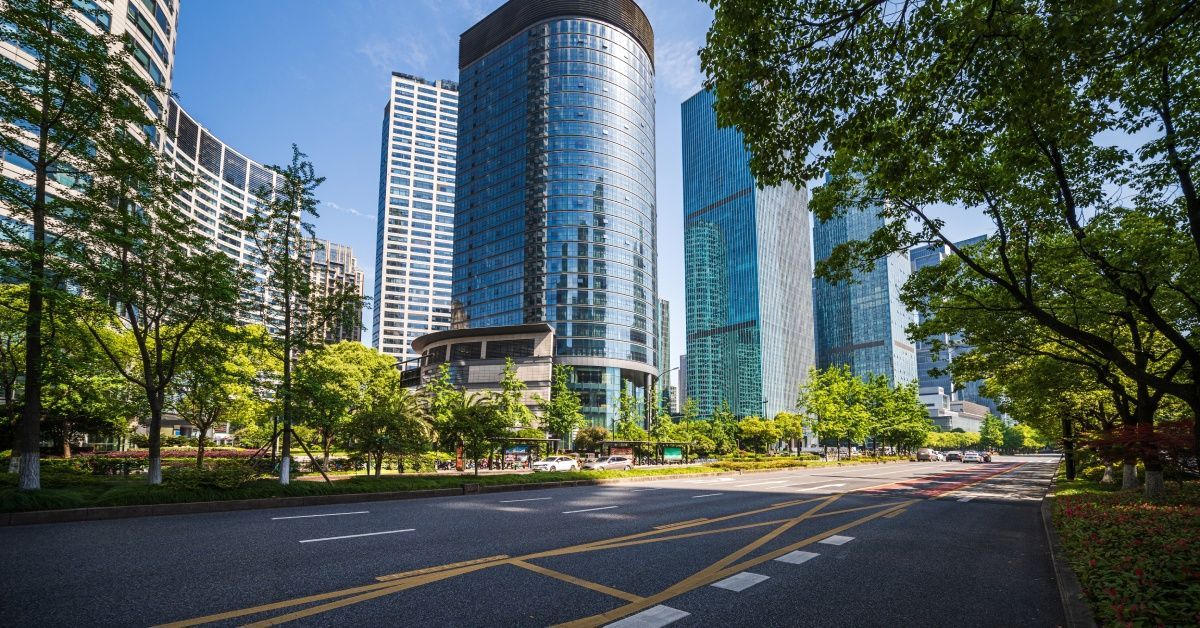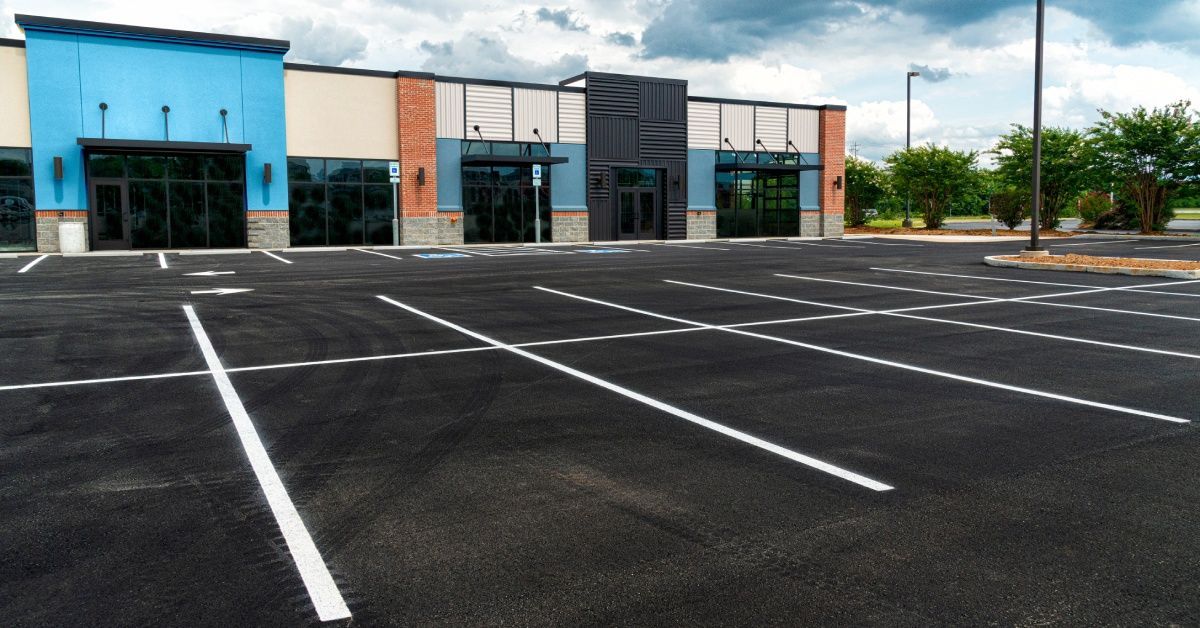How Permeable Pavement Helps Prevent Urban Flooding
While it’s a larger problem in some municipalities than others, many cities and towns wage a constant battle against stormwater to prevent it from causing a flood. Normally, soil absorbs rainwater, but traditional asphalt and concrete do not. To help manage stormwater, here’s how permeable pavement helps prevent urban flooding .
How Permeable Pavement Works
There are a few different kinds of paving materials to choose from, from aggregates such as gravel to more solid options that look nearly indistinguishable from traditional concrete and asphalt. Resin-bound permeable paving has small spaces to allow water to drain through. This prevents water from pooling in certain areas and water damage or erosion from occurring as quickly. In the case of heavy rainfall, all the water won’t immediately vanish, but permeable paving will ensure the streets drain faster and more efficiently.
Replacing Traditional Drainage
When compared to the current method of draining water into the sewers, it’s easy to see how much more efficiently permeable pavement helps prevent urban flooding . With storm and sewer drains, the water must be directed from the surface toward the drain. However, these drains can only drain so much water at once, so you end up with large pools of water that continuously gather and grow. Furthermore, permeable pavement returns the water to the soil, while storm drains merely deposit the water into the sewers.
Improving Sustainability
One of the main draws of permeable pavement is its sustainability. Permeable pavement ultimately returns water to the soil where contaminants are filtered out, soil retention is improved, and the greenery around your municipality will be able to thrive. When the environment surrounding your city or town is healthy, it can help absorb the water so that it doesn’t simply flood the area. A major problem with storm drains is that, as the water is being moved and directed, it picks up a lot of pollutants and chemicals from the street, becoming too toxic for the soil or plant life to thrive.











